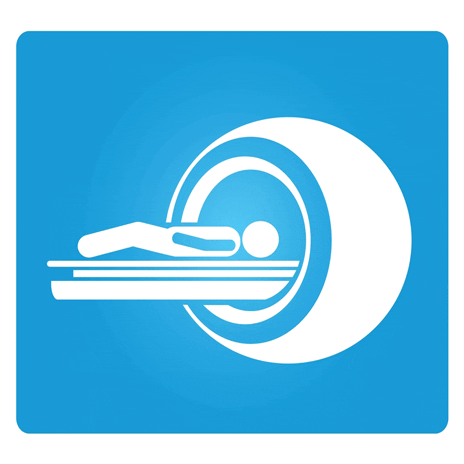According to the Screening with MRI for Accurate and Rapid stroke Treatment (SMART) study, after making some small changes in their quality-improvement procedures, clinicians were able to use MRI scans to diagnose stroke patients prior to providing acute treatment, within 60 minutes of hospital arrival.
A news release from the National Institute of Health (NIH) states that MRI scans can provide detailed images, yet take longer to complete than CT scans, which are commonly used in most centers.
The study was supported in part by the NIH’s National Institute of Neurological Disorders and Stroke (NINDS).
The release reports that national guidelines suggest that stroke patients should receive treatment within 60 minutes of arriving at the hospital.
Clinicians based at MedStar Washington Hospital Center and Suburban Hospital, Bethesda, Md, often work with physician-scientists from NIH and have access to leading medical protocols and technologies. The release notes that the two hospitals use MRI rather than CT scans to screen stroke patients.
Amie Hsia, MD, medical director of the Comprehensive Stroke Center at MedStar Washington Hospital Center, and senior author of the SMART study, says in the release that by making small changes to their processes, she and other clinicians were able to scan suspected stroke patients with MRI and appropriately treat patients within the 60 minutes’ goal time.
“Not only does MRI provide more precise and complete information than the traditionally used CT scan,” she continues, “now we’ve also demonstrated that it is feasible to use from a time perspective.”
A majority of hospitals use CT scans to screen stroke patients to see if they are experiencing an ischemic stroke, caused by blood clots in the brain, and are eligible to receive intravenous tPA, the release continues. If the CT scan shows that the patient is experiencing a hemorrhagic—or bleeding—stroke instead, tPA cannot be used as treatment.
MRI screening is becoming more widely available at hospitals, per the release, and although MRI scans can take up to 15 minutes longer than CT scans, they can provide clinicians with more detailed information about what is happening in a patient’s brain. Via MRI, clinicians can see early changes taking place during a stroke, such as what tissue is at risk, and can identify blocked blood vessels or subtle bleeding that cannot be picked up via a CT scan, the release explains.
To reduce the door to treatment time, the release notes that multidisciplinary teams at both hospitals carefully examined their existing processes to identify time-consuming bottlenecks or duplicative methods. By using “lean process interventions,” they found several steps that could be eliminated or changed.
For example, the release says, at MedStar Washington Hospital Center, a lengthy MRI screening form was simplified to three questions; and at Suburban Hospital, tPA was placed in the medication cart in the MRI suite so it could be given immediately to patients instead of returning them to the emergency department for treatment.
Once the changes were implemented, the release continues, Hsia’s team examined whether they had an impact on treatment times for patients. The results indicated that door to treatment time was reduced from 93 to 55 minutes—a difference of 40%. During a 2-year period, the percentage of patients treated within 60 minutes increased from 13% to 61%.
Further analysis indicated that these changes were due to faster MRI start times.
“A number of the changes that Dr Hsia’s team assessed were not specific for MRI scans, but were related to general procedures of getting patients ready for imaging as quickly as possible. This suggests that these findings are relevant even in hospitals that do not have emergency access to MRI scanners,” echoes Walter Koroshetz, MD, acting director of NINDS, in the release.
“We will persist in evaluating best practices for acute stroke care to ensure that the greatest number of patients receive treatment as early as possible following stroke,” Koroshetz, MD, adds.
Hsia and her colleagues will continue to monitor the door to treatment times to ensure that they are sustainable, the release notes. They also plan to continue to evaluate best practices for acute stroke care and look for other improvements to further decrease the door to treatment times.
[Source: National Institutes of Health]





